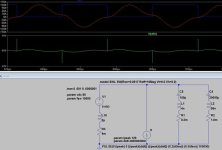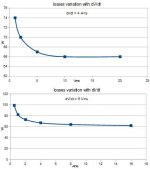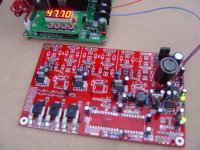bobc
10 kW
Bought Sunday night for £80
Transported home Monday night £20 (petrol money to my mate Richard)
Tuesday night:
1) try it out - went 12 yards before cutting out "low battery"
2) start dismantling... First "faulty charger" would appear to actually be "melted charging fuse holder". OK it might also really be faulty charger, but changing the in-line fuse/fuse holder may very well fix that problem .
.
3) pull more panels off - damn the floor is "push forwards" to release not yank it off like an idiot & break all the tabs: I'll start glueing.......
4) monster batteries revealed. All have lots of OC volts, started giving them all a slow charge (<1A) & will discharge test them individually in a few days
Looked on-line for lithium replacement costs: replacing with lead looks like say £500
replacing with LifePO, just 60Ah and 23s looks like around £1800 - very "ouch"
replacing with 18650s say 20s 20p looks like around £1500 (ouch) and a load of work....
I see now why Andy (whereswally) is doing what he's doing - with the "calb" cells the lead acids can be swapped out directly and more volts brought in later when an uprated power module is on line - that's quite tempting if my SLAs are toast...
Transported home Monday night £20 (petrol money to my mate Richard)
Tuesday night:
1) try it out - went 12 yards before cutting out "low battery"
2) start dismantling... First "faulty charger" would appear to actually be "melted charging fuse holder". OK it might also really be faulty charger, but changing the in-line fuse/fuse holder may very well fix that problem
3) pull more panels off - damn the floor is "push forwards" to release not yank it off like an idiot & break all the tabs: I'll start glueing.......
4) monster batteries revealed. All have lots of OC volts, started giving them all a slow charge (<1A) & will discharge test them individually in a few days
Looked on-line for lithium replacement costs: replacing with lead looks like say £500
replacing with LifePO, just 60Ah and 23s looks like around £1800 - very "ouch"
replacing with 18650s say 20s 20p looks like around £1500 (ouch) and a load of work....
I see now why Andy (whereswally) is doing what he's doing - with the "calb" cells the lead acids can be swapped out directly and more volts brought in later when an uprated power module is on line - that's quite tempting if my SLAs are toast...




